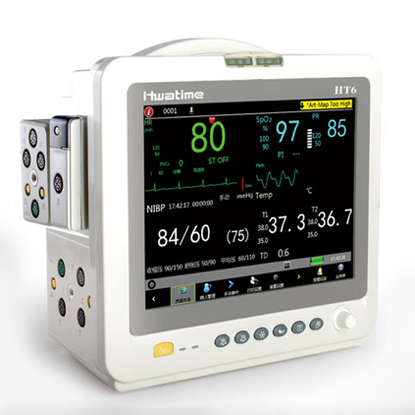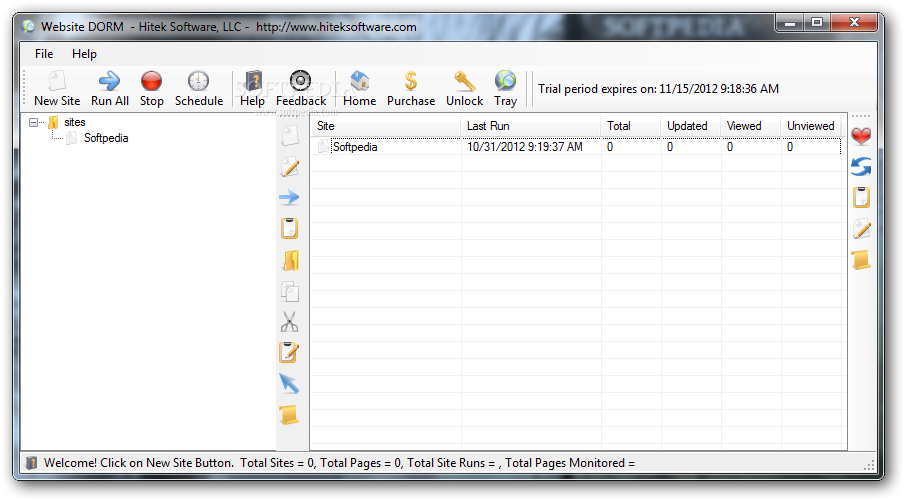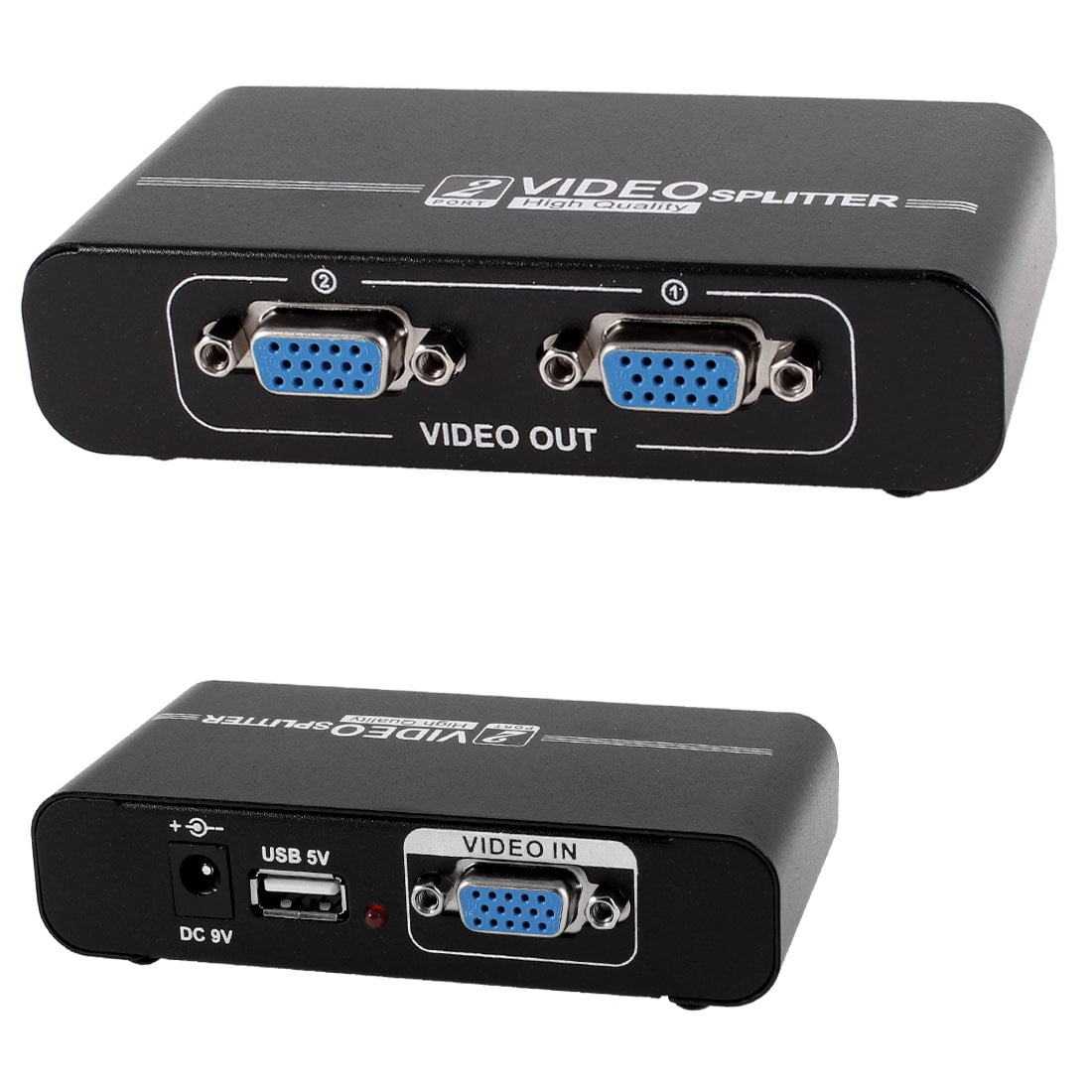

You only find out about the change because a week later, someone leaves a comment alerting you to the mistakes.
#WEBSITE MONITOR PLUG IN FULL#
It just so happens that these changes are full of errors, and as a result, the post drops in Google ranking. One of your blog writers has logged into the site, made some changes to one of your published blog posts without permission, and logged out again. These people could be blog writers, developers, content monitors and more.

In the first situation, you run a multi-user site, which means you have a good number of people logging in and making changes to various different elements of your website. Let’s explore just some of this with a couple of examples. Why you should monitor your site for user changes
#WEBSITE MONITOR PLUG IN HOW TO#
The only real way to know is to understand how to monitor a website for changes. They might even be made by plugin or theme developers, a shop manager, or they could have been made by a hacker or bot. Some of these changes might be made by you, they might be made by a registered user on your site (with the right permissions).

They range from the simple to the complicated but can cover: No matter the size of your WordPress website, the likelihood is, it goes through quite a number of regular changes and some of these changes, you may not even be aware of. Why you should monitor your website for changes So with that in mind, in this article, we’ll show you why you need to monitor your WordPress site for changes and how to do it with two different WordPress security plugins. Not only that, but monitoring your site for changes can help with user accountability, productivity, reports and compliance. With such a complicated mix, it’s important to understand how to monitor your website for changes and ensure your WordPress security is on point. Your WordPress website is a unique combination of plugins, files, posts, pages, users and so much more.


 0 kommentar(er)
0 kommentar(er)
